Credit cards are quite prevalent and easy to use. There is an outrageous number of combinations of bank-issued credit cards and co-branded store credit cards. Two of the most common credit card payment networks that are accepted almost everywhere are Visa and MasterCard. Here’s are the main differences between them.

Theethawat Bootmata/shutterstock.com
Global Acceptance

Almost every merchant that accepts credit cards takes both Visa and MasterCard. This is especially true in many Eastern countries, because the other credit card networks, such as American Express and Discover, are not as readily accepted. However, if a merchant has an exclusive deal with one of the payment networks, that retailer will only accept that payment network. For example, Costco wholesale clubs now only accept Visa cards. In reality, though, this practice is not very common. As a result, it should not be a deciding factor between which card network is better.
Levels of Consumer Benefits

Both Visa and MasterCard offer differing levels of consumer benefits.
Visa has at least 3 levels of benefits: platinum, signature and infinite. The availability of the types of credit cards varies by the bank issuer and country. In Singapore, most people have the Platinum Visa card, also known as the standard level. This card has all the basic benefits and perks of the credit card. For example, this card comes with Visa’s premium concierge service. The Visa Concierge can help you book travel reservations, tickets to a show, discounted access to golf clubs and even dinner reservations. They are accessible through a phone call or through the new Visa Concierge APP. Where it really starts differing begins at the level of Visa Signature. Visa Signature was first introduced as a premium credit card for those with a higher minimum annual income. The main difference between the Signature and the Platinum card is that the Signature does not have a preset credit limit. Visa Infinite was recently introduced, which made it the highest tier of the Visa-branded credit cards. There are a few premium benefits, such as purchase protection, that make it stand out from Visa Signature, making it more attractive to affluent individuals.
MasterCard also has at least 3 levels of benefits: basic, World, and World Elite. MasterCard’s base level has all the basic benefits and perks of the credit card, as you would expect. MasterCard’s World level includes additional benefits, such as a dedicated personal travel advisor, similar to Visa Signature’s Concierge. On the other hand, MasterCard’s World Elite has extra perks in addition to the perks offered to World level cardholders, such as extra discounts on rental car companies.
It is important to note that the Visa and MasterCard platforms can offer all these perks for using their network. However, not all of their cards will have each perk. All credit cards will have the same basic benefits, but each card issuer, which is the issuing bank and marketing partner, ultimately choose which benefits to offer on their cards. Remember, the important features of credit cards, such as the rewards, fees and penalties, and interest rates are all set by the card issuer, not by Visa and MasterCard. Nonetheless, here are a few of the perks that Visa and MasterCard may offer on your credit card:
Rental Car Insurance

Visa offers an Auto Rental Collision Damage Waiver. This is auto coverage for damage due to collision or theft. In order to use this insurance, you will need to complete the entire rental transaction with your eligible Visa card and decline the rental company’s collision damage waiver (CDW) coverage.
MasterCard also offers a Car Rental Collision Damage Waiver Insurance. This pays for covered damages, including physical damage and theft, for a rental vehicle. Of course, you will also need to complete the entire rental transaction using your eligible MasterCard to qualify.
Purchase Protection

Visa has a 90-day Purchase Security on their Visa Infinite cards. If you use your Visa card for the purchase, and your purchase is stolen or damaged within the first 90 days, Visa will replace, repair or reimburse the item. Do note that if the item is stolen, you must file a police report within 48 hours of becoming aware of the theft.
Similarly, MasterCard provides coverage for most items you purchase with your eligible MasterCard if the item is damaged or stolen within the first 60 days of the date of purchase. I’m sure MasterCard has a few more details in the fine print.
Price Protection

If an item that you purchased on your eligible Visa credit card appears in a print advertisement at a lower price, you can be reimbursed the difference. Interestingly, this benefit is not widely advertised and it was difficult to find more information. I would advise that you read the fine print of your credit card terms and conditions to out if your credit card qualifies.
MasterCard claims that if you find a lower price for a new item within 120 days from the date of purchase, you may be reimbursed for the price difference. The price protection period of 120 days is exclusive to World MasterCard holders. It is 60 days for standard MasterCard holders.
Extended Warranties

Both Visa and MasterCard will extend a manufacturer’s store warranty, of up to one year, if you pay using your eligible credit card.
Return Protection

If you are unsatisfied with your purchase and the merchant will not accept your return, both Visa and MasterCard may refund you, up to a certain amount. Visa allows you 90 days and a refund maximum of USD $300 with the Visa Infinite card. MasterCard allows you 60 days and a refund maximum of USD $250.
Zero Liability
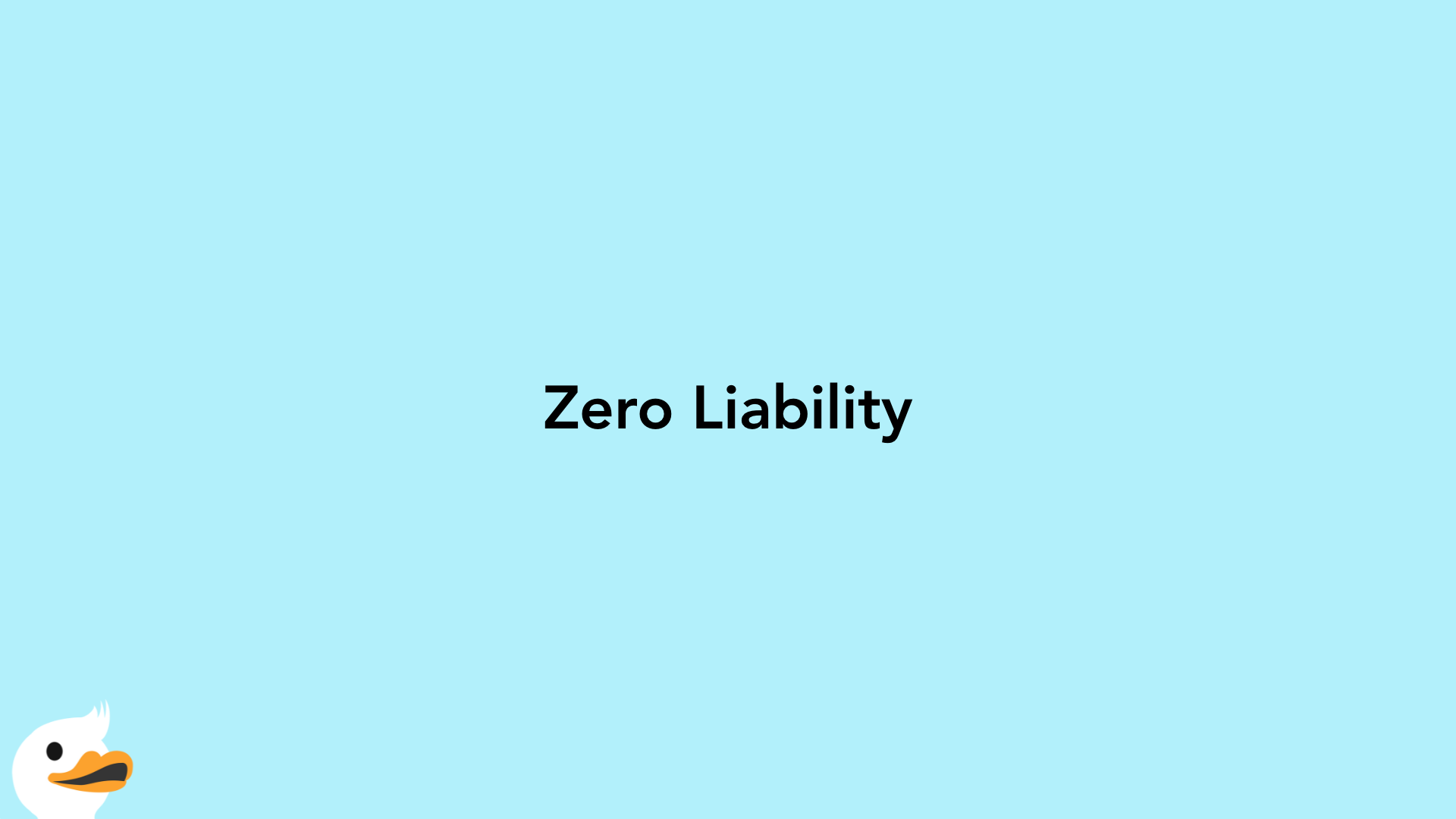
Both card networks are equally secure and have a zero liability policy for unauthorized transactions on your card.
Special Offers

This is probably the only area that truly differs between Visa and MasterCard. Both card networks have exclusive discounts with different vendors and merchants. However, it is important to note that MasterCard offers more special discounts for its World and World Elite level cards. For example, Visa has discounts for over 900 properties in its Luxury Hotel Collection. On the other hand, MasterCard offers discounts on luxury hotels, discounts on events and luxury goods on select cities around the world, discounts on various first-class cruises and airlines, as well as discounts on select tours and vacation programs, chauffeur services, and private jets. Of course, these offers are carefully curated to appeal to bigger spenders. I personally will not be using my MasterCard discount on a private jet any time soon.
Final Thoughts

It is important to note that despite having all these perks, it was easier to learn about Visa's terms and conditions on their website. Furthermore, they have an easy claim process, where you can file your claims online. On the other hand, MasterCard's website was less forthcoming and did not supply as many details about their card benefits and claim process. They did encourage me to inquire more by calling them or contacting my card issuer.
Even though each credit card payment network offers unique benefits, what perks you qualify for will depend on your credit score and the credit card you qualify for. This means that the bank issuer or the marketing partner ultimately has the final say on your benefit options. It’s more important to compare the rewards and benefits of the card issuer’s actual credit card than the payment network’s individual benefits.




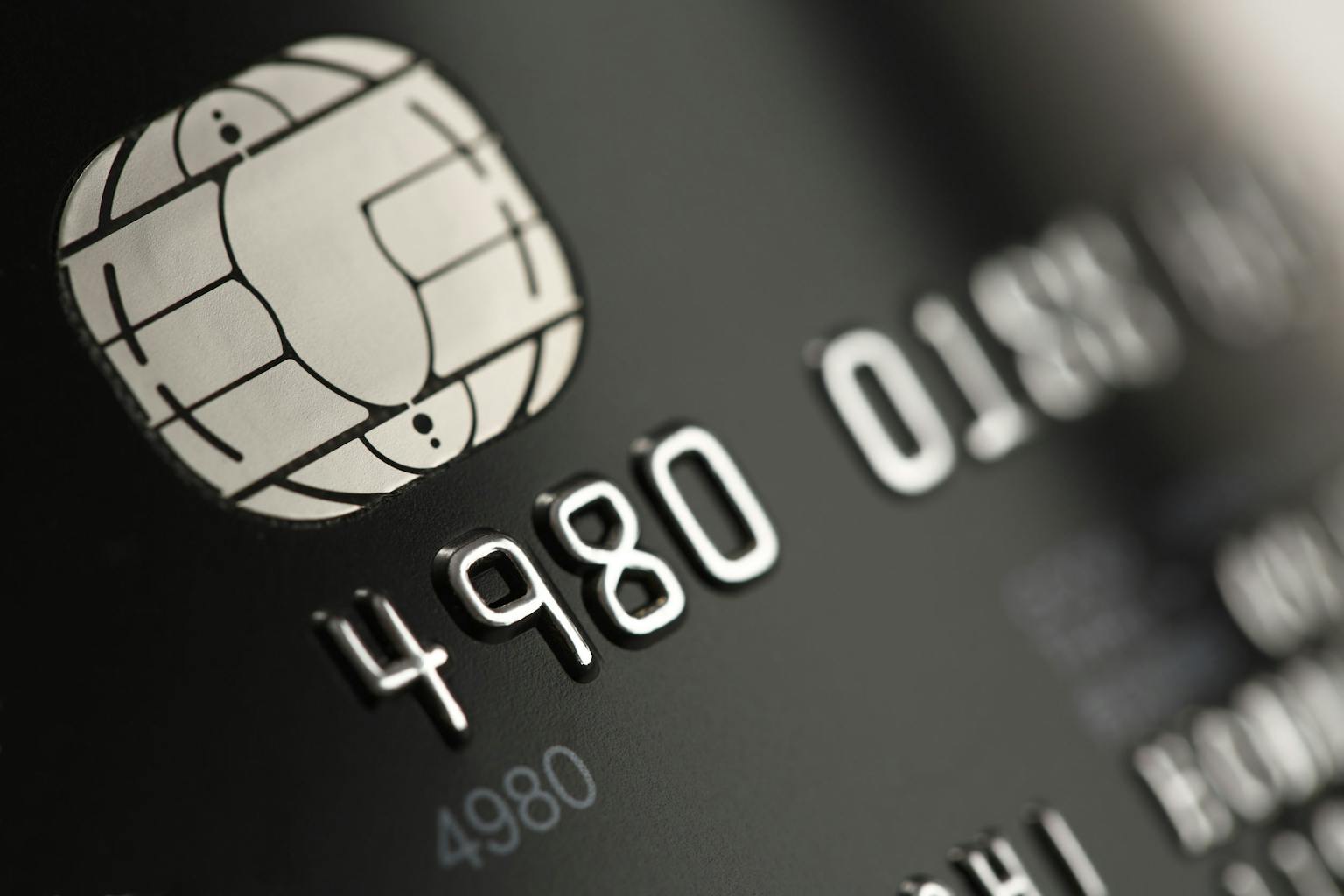


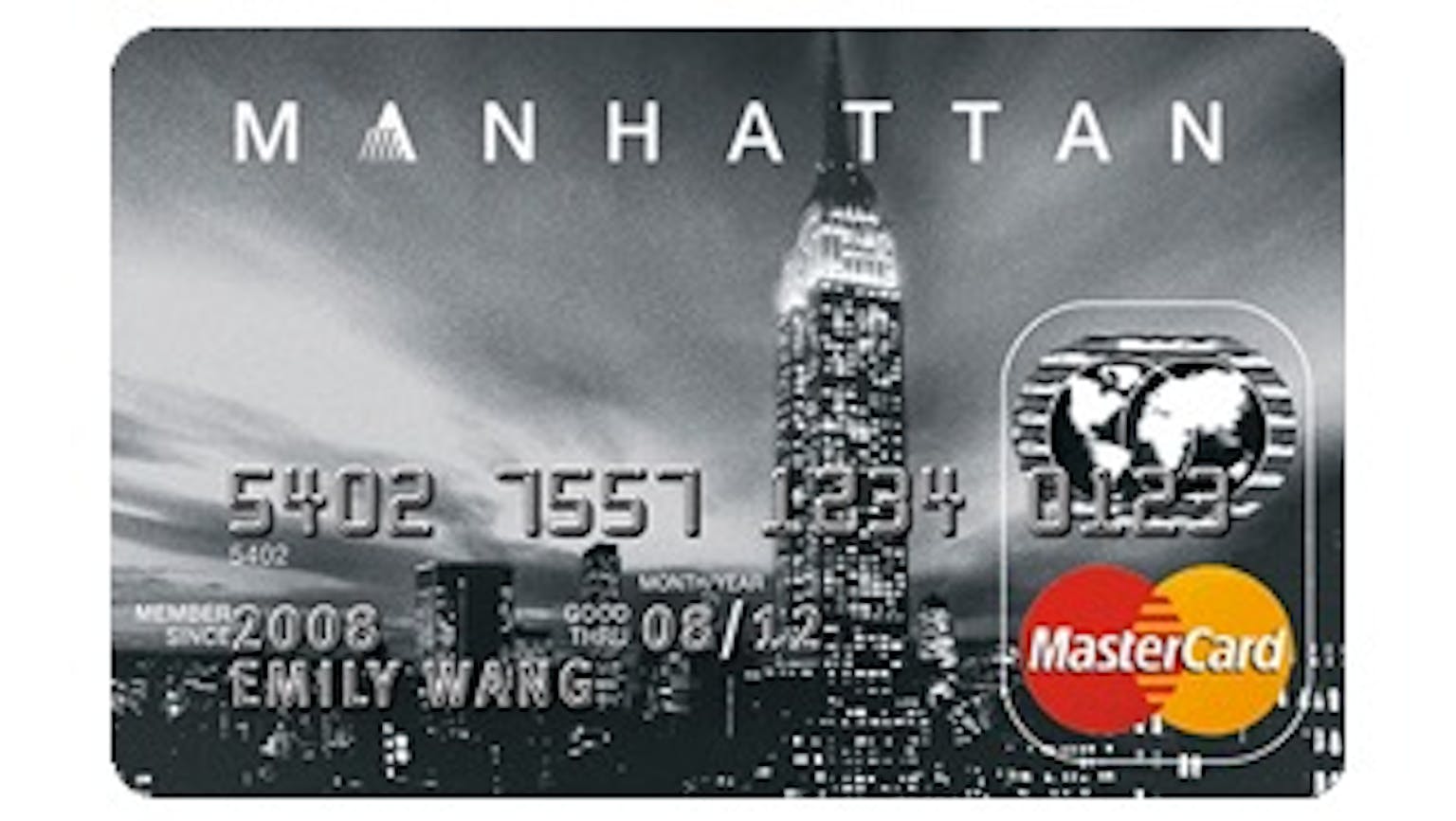
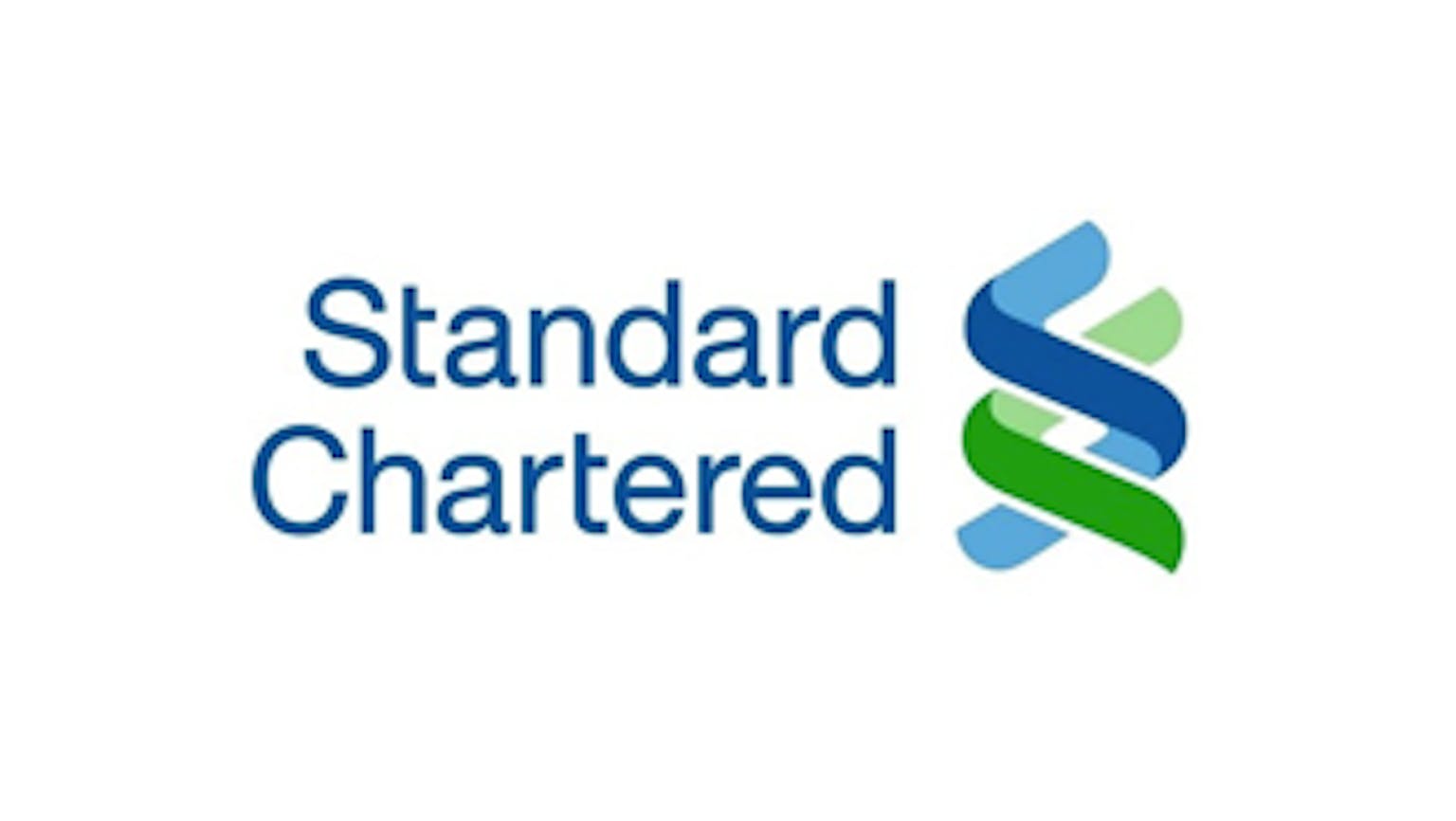
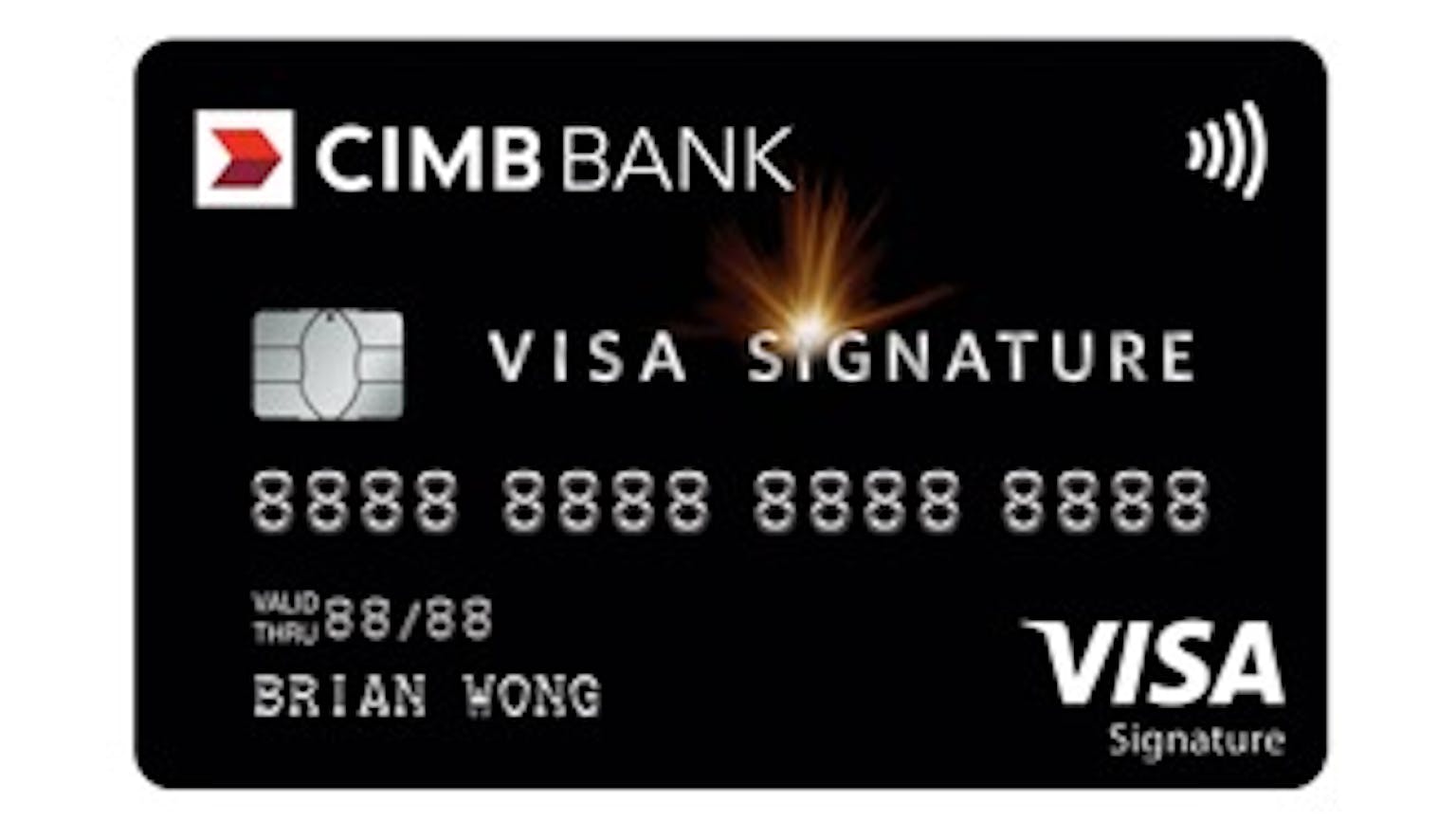
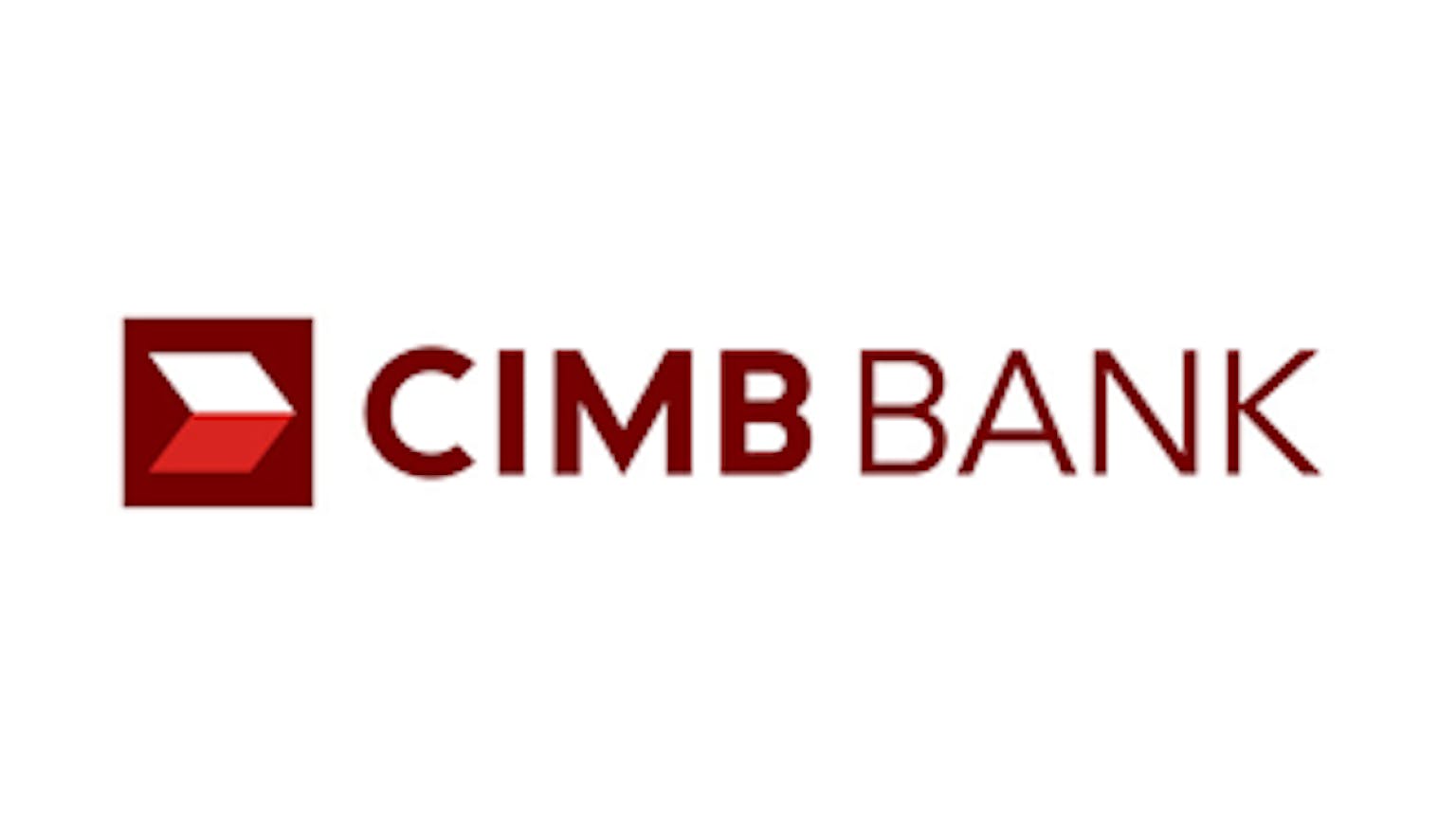
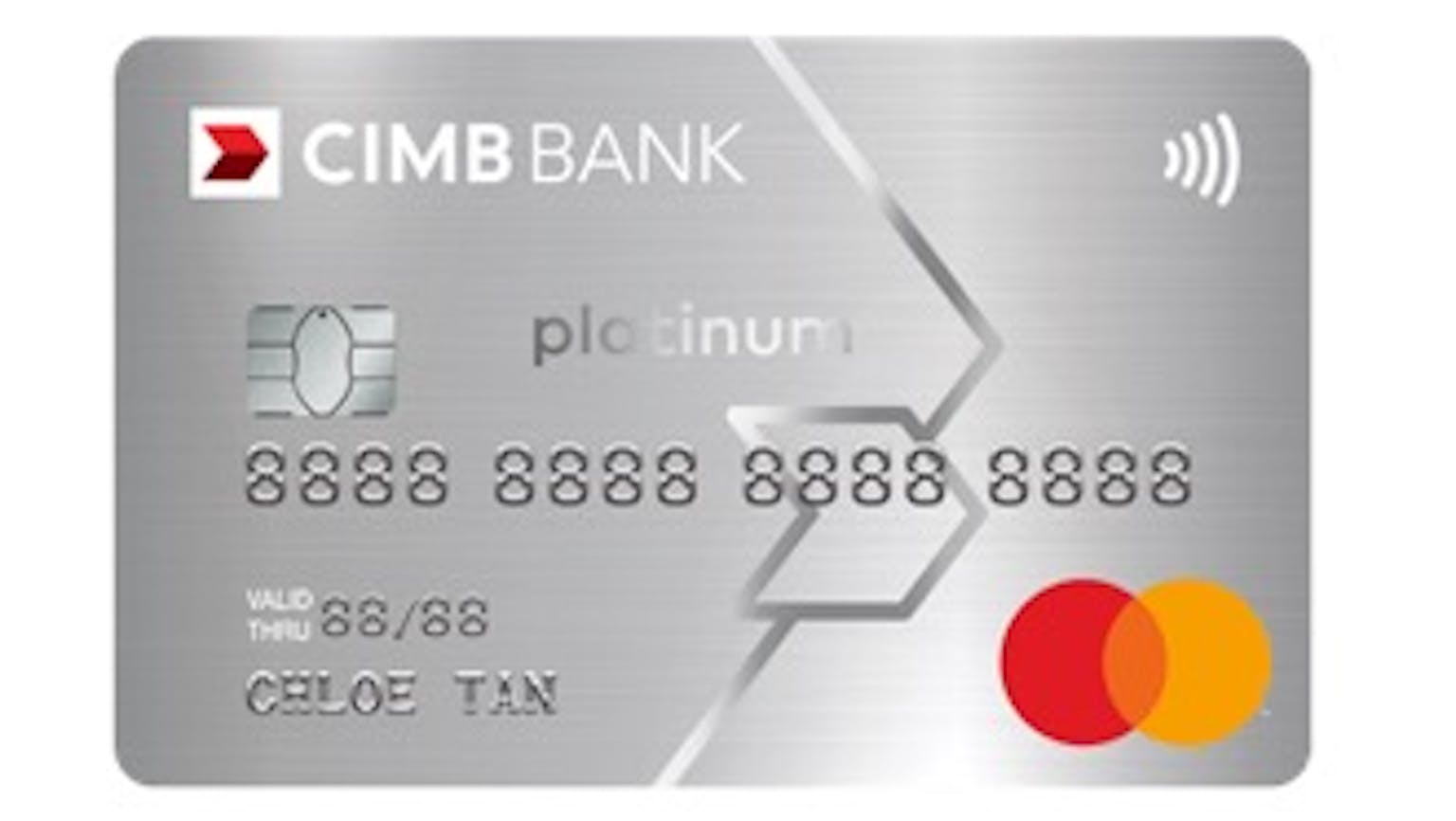
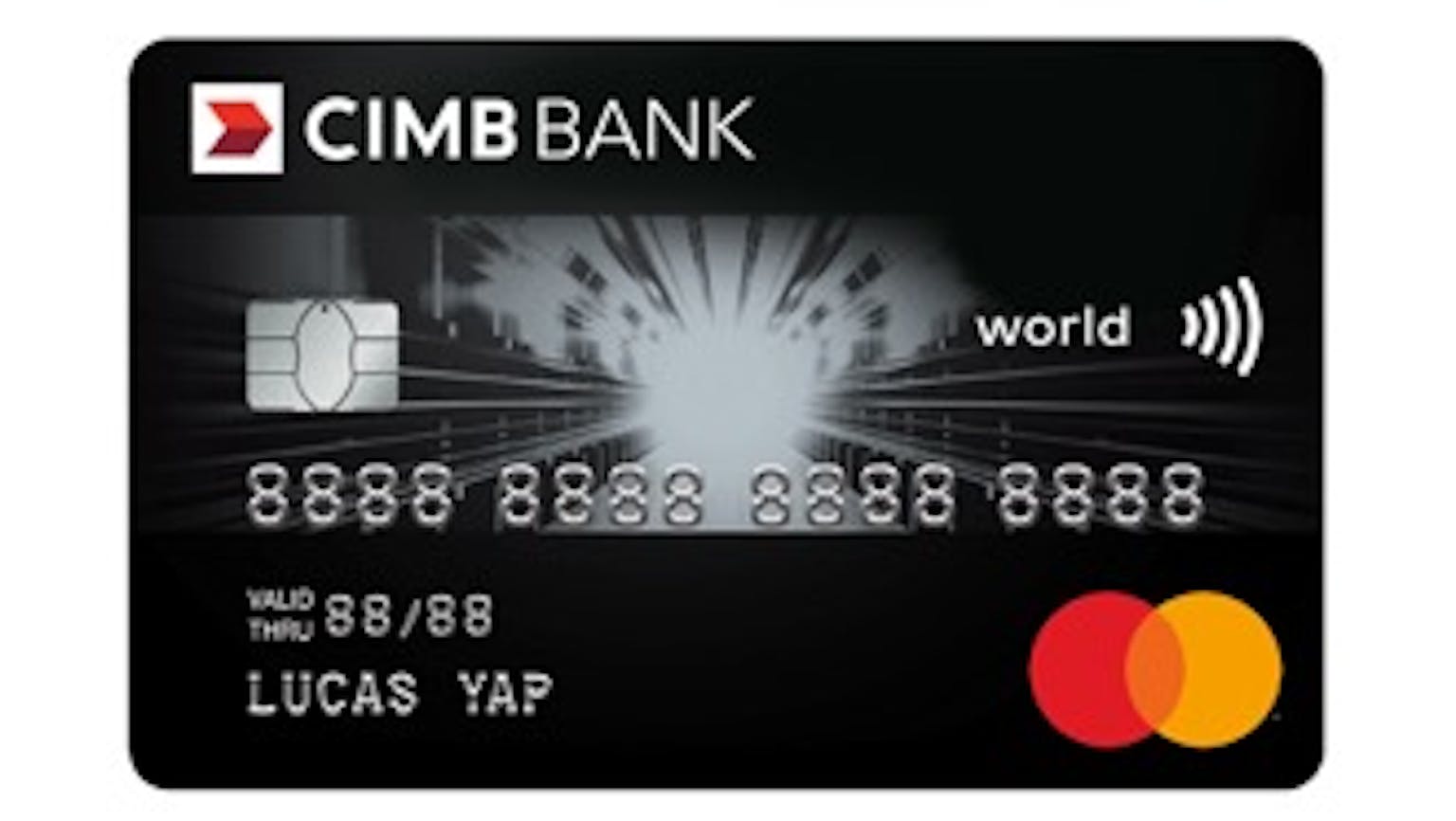

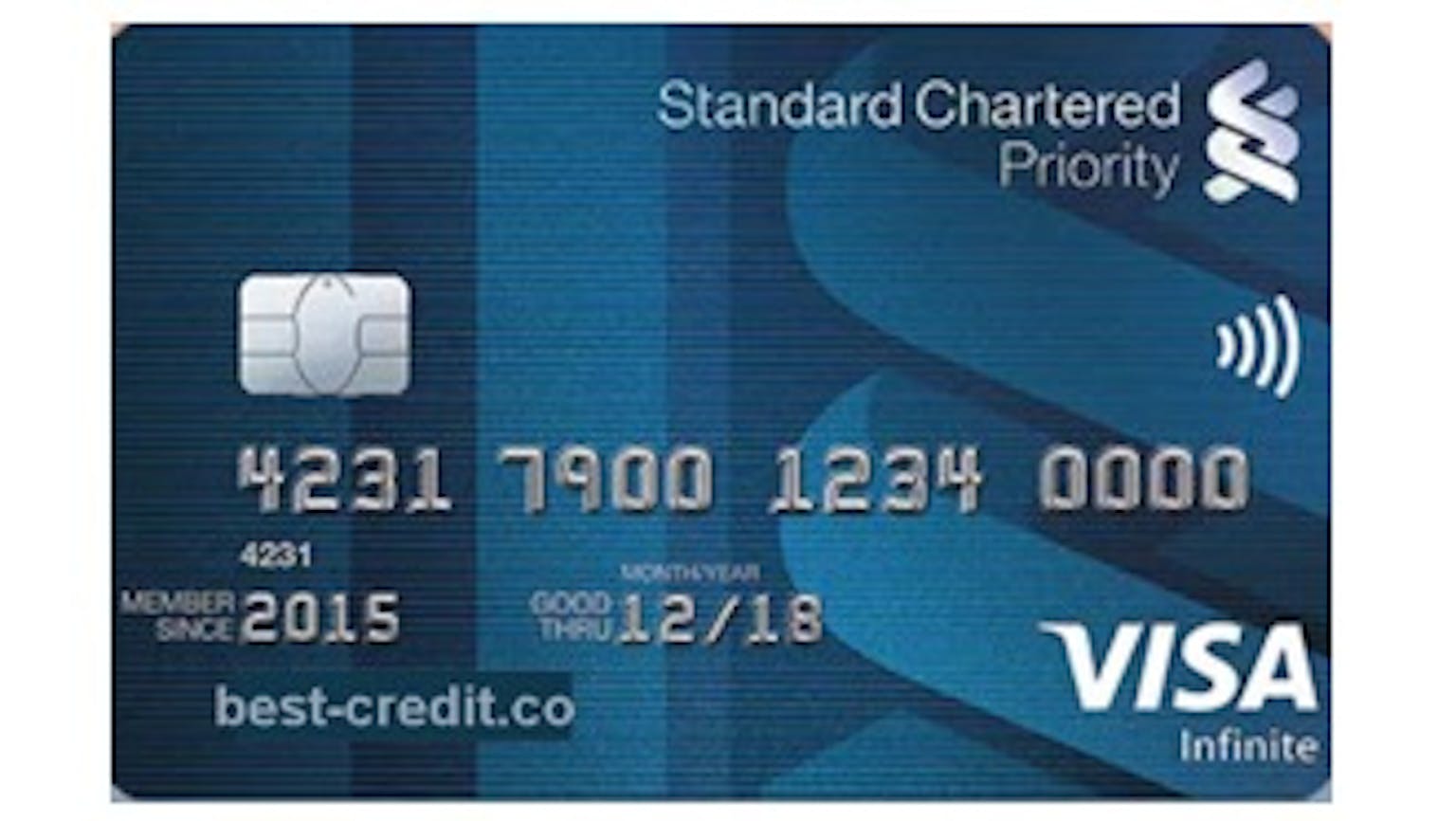

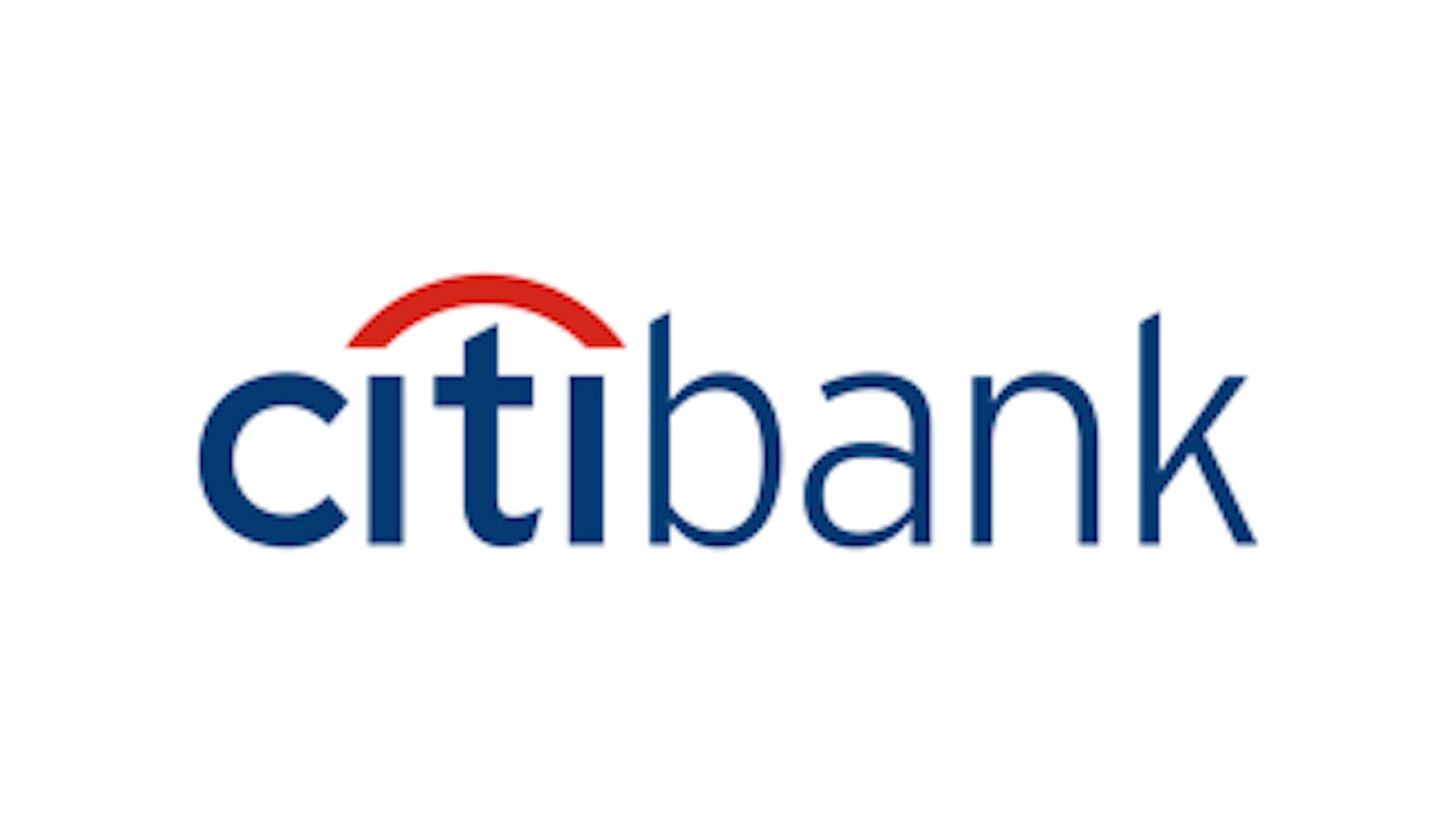
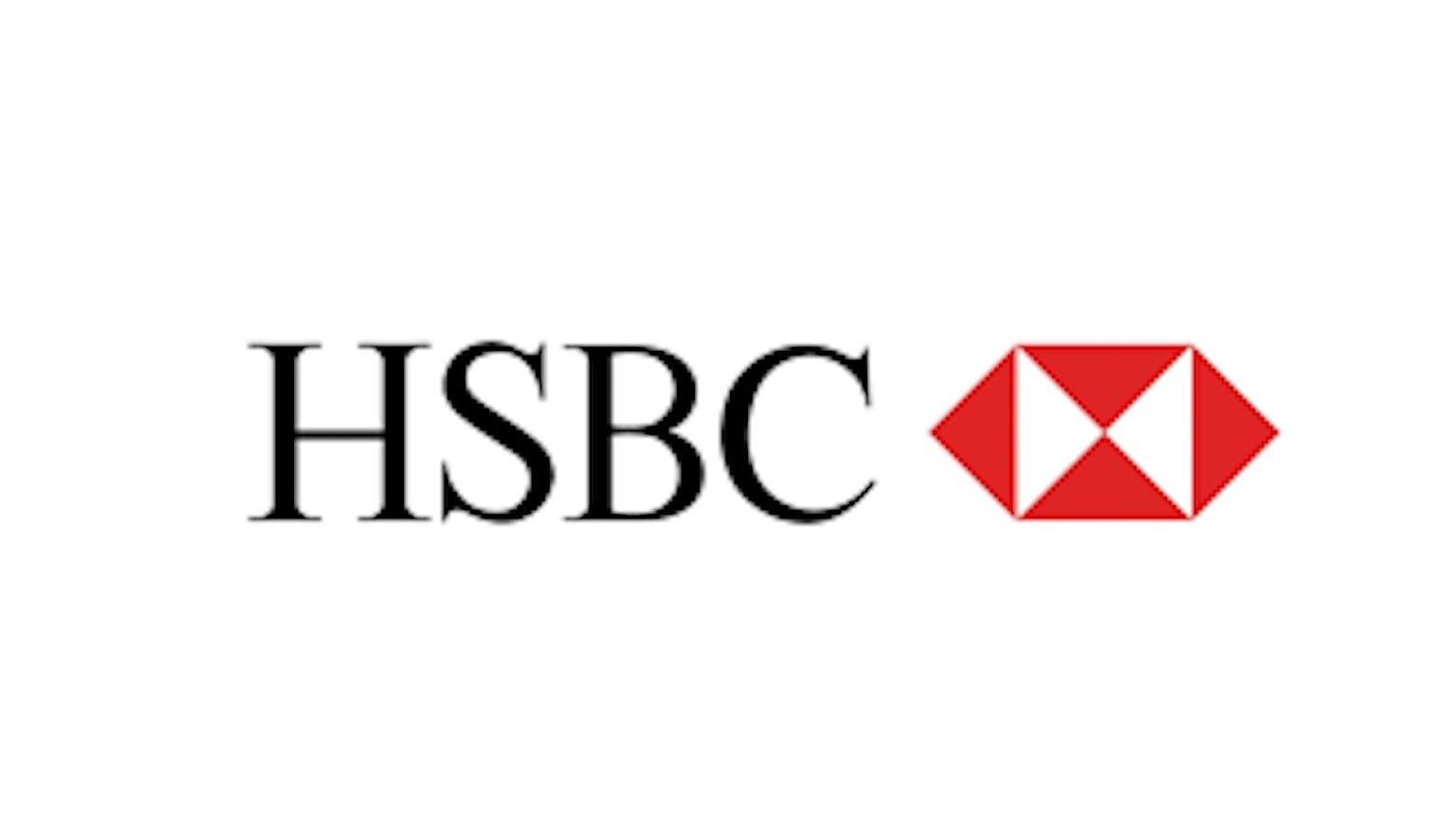
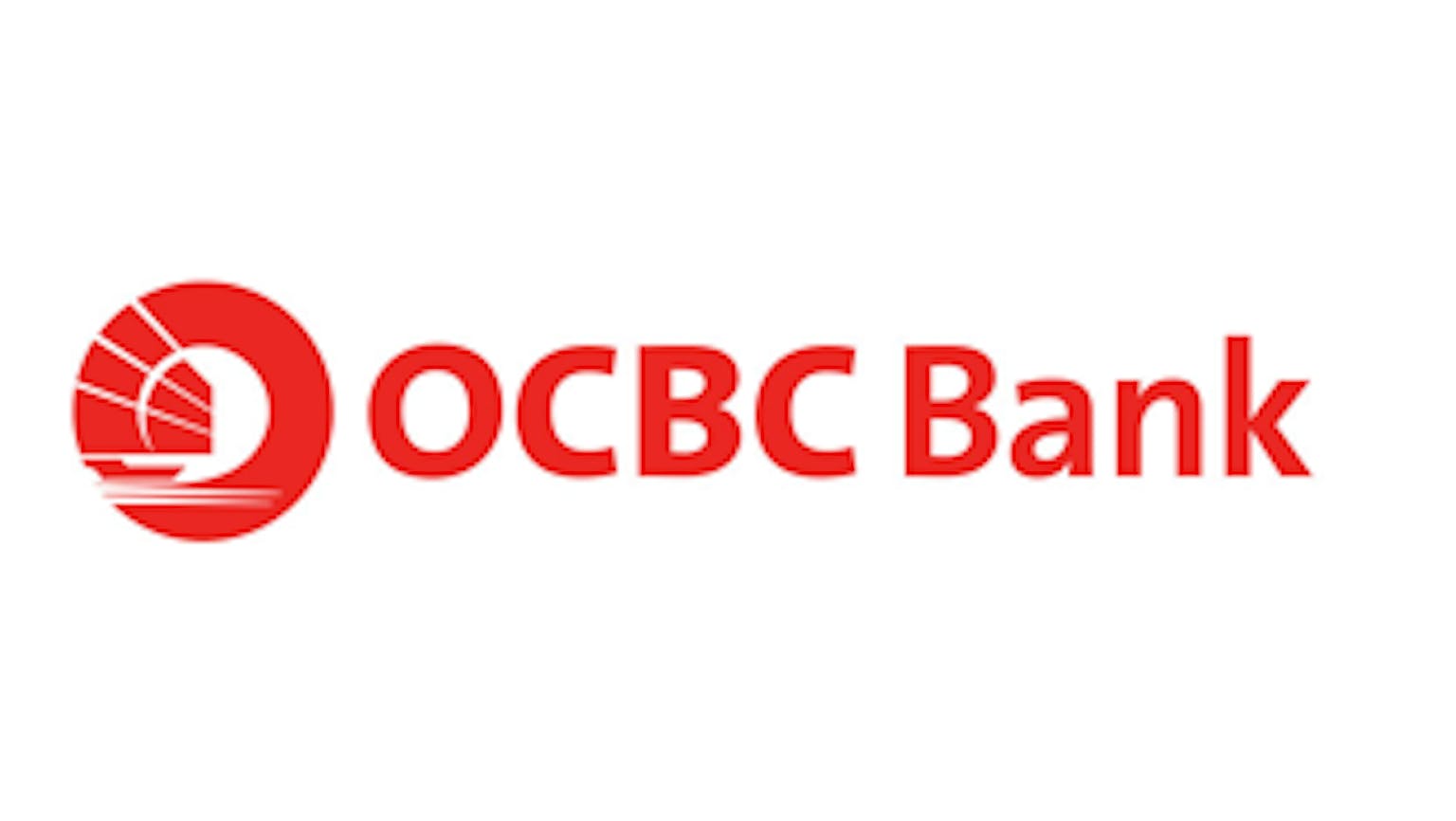


Please leave your knowledge and opinion!